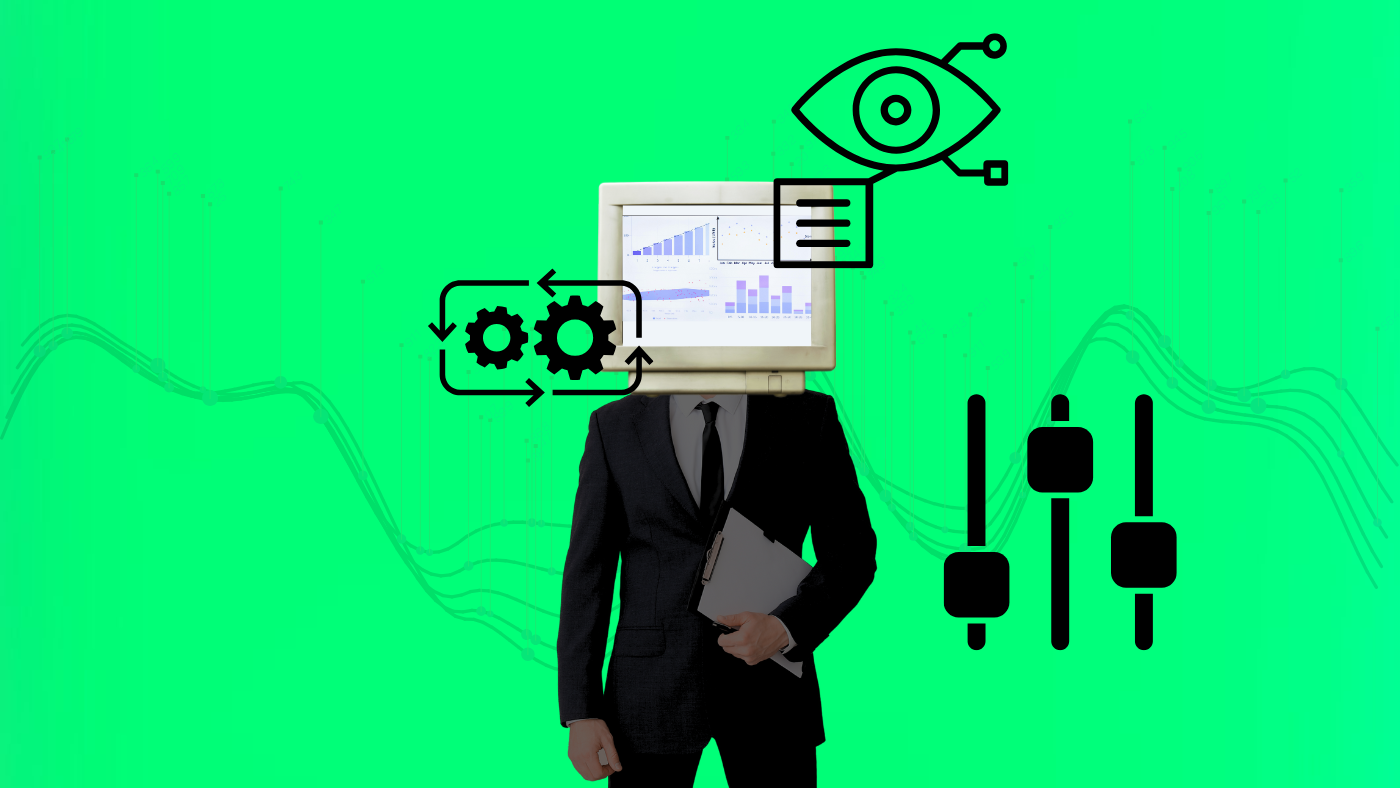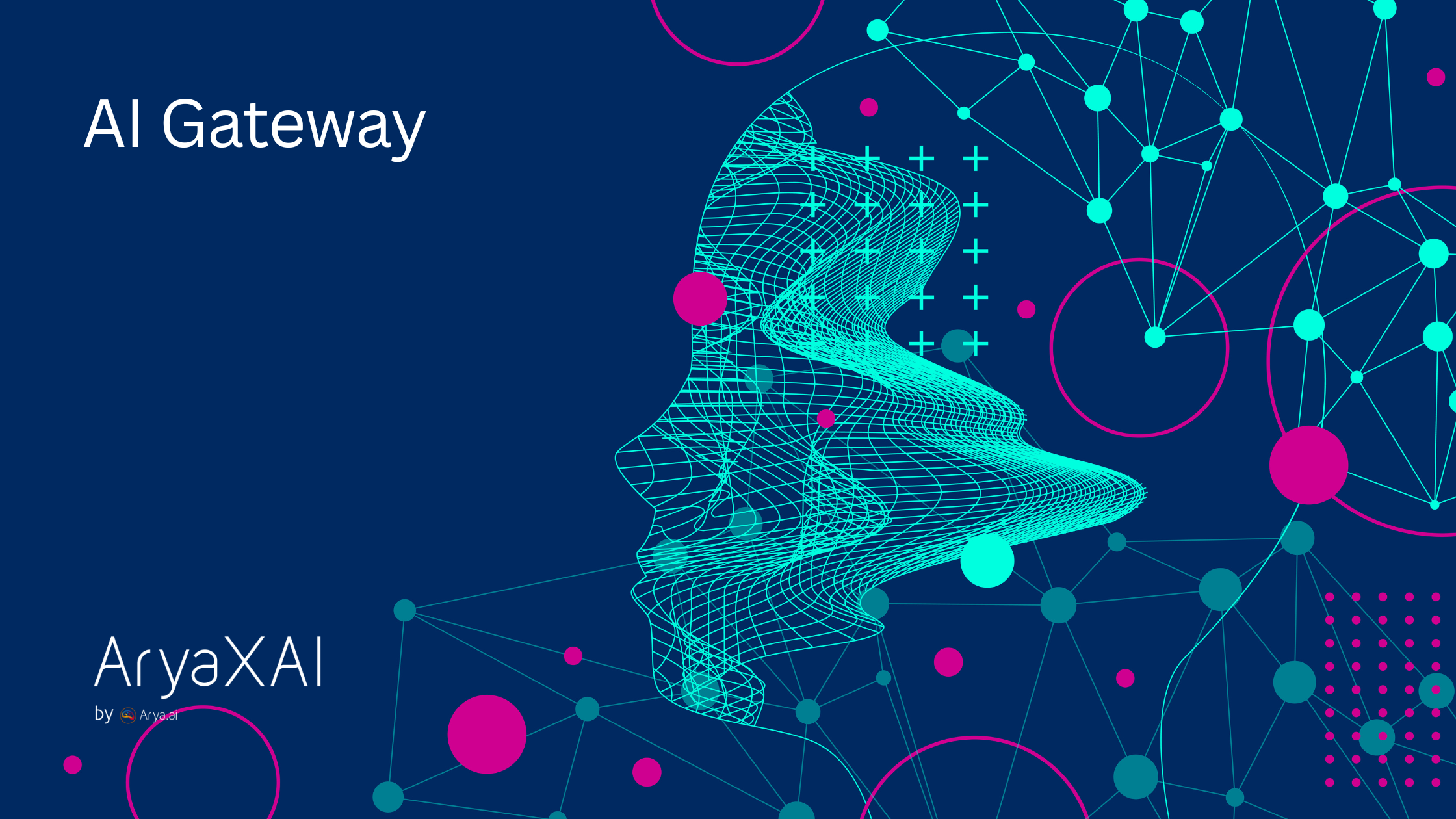Toward Responsible Autonomy: Frameworks for Monitoring and Controlling Agentic AI Applications
6 minutes
August 12, 2025

As the field of AI rapidly transitions from predictive models to agentic applications- systems that make decisions, initiate actions, and operate with varying degrees of autonomy, the demand for visibility, control, and accountability becomes urgent. These AI agents are capable of interacting with other software tools, adapting their strategies over time, and acting on long-term goals. But with increased capability comes increased complexity and risk.
To ensure the safe, ethical, and effective deployment of intelligent agents, organizations must build robust frameworks for observability and oversight. This blog explores the key pillars required for monitoring and controlling autonomous AI agents in real-world settings.
Understanding the Rise of Agentic AI
AI has progressed from passive pattern recognition systems to active, decision-making entities known as agents. An AI agent is a system capable of perceiving its environment, reasoning about objectives, and taking actions—often autonomously—to achieve those goals. Unlike traditional machine learning models that generate predictions based on static inputs, intelligent agents operate within a continuous loop: they perceive, plan, act, and reflect.
Modern agentic applications are dynamic and interactive. Powered by foundation models like GPT-4 or Claude, these AI agents not only process information but also take actions in the real world. They can browse the internet for real-time data, interact with APIs, write and execute code, and even create sub-agents to manage parts of a broader task. Their architecture typically includes reasoning engines, tool access, memory systems to retain context, and planning modules that support multi-step decision-making.
What sets these systems apart is their ability to operate independently across complex workflows. They maintain memory of past interactions, incorporate feedback, and adapt their behavior over time. Intelligent agents can now make autonomous decisions based on environmental signals, trigger downstream actions, retrieve long-term memory for context, and self-correct through iterative feedback.
This shift—from static models to fully autonomous AI agents—marks a fundamental transformation in the role of AI. These systems are no longer just predictive engines; they are operational entities capable of driving real-world outcomes. With this transformation comes a need for new approaches to oversight. As AI agents grow more capable, ensuring their transparency, reliability, and alignment with organizational goals becomes critical. The future of responsible AI hinges on our ability to monitor and control these systems effectively.
Why Agents Fail
Despite their potential, AI agents often fall short—sometimes quietly, sometimes catastrophically. It is imperative to understand these failure modes for crafting robust and reliable systems.
- Overgeneralization or Misunderstanding of Instructions: Agents can overgeneralize or misunderstand goals too much, particularly when prompts are vague or incomplete. This misalignment can result in erroneous, ineffective, or even dangerous behavior.
- Tool Misuse: Agents tend to use third-party tools (e.g., search engines, calculators, databases). Failure may occur due to incorrect API calls, code generation logic bugs, or improper use of available tools.
- Memory Corruption or Misretrieval: In case agents use memory to store information from one step to another, they might retrieve stale, irrelevant, or incorrect information—affecting planning and decisions.
- Looping Behavior or Getting Stuck: Agents in autonomous loops can become stuck in retrying the same action or re-planning in a loop without moving forward.
- Security and Safety Breaches: Agents in certain situations may access improper tools, expose sensitive information, or act against security or compliance limits.
- No Fallback or Human Escalation Paths: Without human-in-the-loop fall backs or safety nets, agents are stuck self-correcting, which might be infeasible in complicated or high-risk environments.
These failures manifest the weakness of autonomous reasoning in open worlds and illustrate the importance of control and observability as first-class design principles.
Challenges in Monitoring Agentic Systems
Traditional machine learning observability has primarily focused on evaluating model performance through metrics such as accuracy, drift, latency, and throughput. These frameworks are well-suited for static models that operate in predictable ways. However, agentic systems introduce dynamic and evolving behaviors that challenge the limits of existing monitoring tools.
- Lack of Determinism
Agentic applications are inherently non-deterministic. The same input can yield different outputs depending on the agent’s internal state, the tools it chooses to use, the sequence of steps it follows, or the memory it retrieves at runtime. This variability complicates reproducibility and makes it difficult to identify whether an issue is a one-off glitch or a systemic flaw. - Long-Term Decision Loops
Unlike conventional models that generate immediate outputs, agents often operate over extended timelines—taking multiple decisions in a sequence to fulfill broader objectives. Errors may only surface later in the workflow, making root cause analysis harder. Evaluating agents requires a holistic view of their full interaction history rather than isolated input-output pairs. - Opaque Reasoning
While many agents incorporate mechanisms like chain-of-thought prompting to make their reasoning more transparent, the actual decision-making process is often layered and recursive. Tracing how an agent arrived at a specific decision—especially when multiple tools and memory lookups are involved—can be complex and time-consuming, hindering effective monitoring. - Tool-Use Risks
Agents frequently interact with external tools and services, including those that allow code generation and execution. Improper usage of these tools can lead to unexpected behaviors, errors in downstream systems, or even security vulnerabilities. Without strict validation and monitoring, the flexibility that tools provide can quickly become a liability. - Misalignment with Goals
AI agents are goal-driven, but their interpretation of those goals isn’t always aligned with the user's true intent or the organization’s policies. Agents may inadvertently pursue subgoals or optimize for metrics that are counterproductive. These alignment issues can emerge gradually and may not be immediately obvious in early testing phases. - Security and Compliance Concerns
Autonomous agents with access to internal systems, APIs, or sensitive data can pose significant security and compliance risks. If left unmonitored, they may inadvertently leak private information, misuse credentials, or take unauthorized actions that breach regulatory boundaries. Ensuring robust access controls and auditability is essential.
Core Principles for Monitoring and Control
To effectively monitor and control agentic applications, developers and teams should build around four foundational pillars:
1. Observability
Robust observability tools should capture and log the agent’s decision-making process, including:
- Inputs, intermediate steps, and outputs.
- Reasoning traces or chain-of-thought logs.
- Tool usage and code execution outputs.
- Feedback loops and final decisions.
This data enables teams to analyze and troubleshoot agent behavior and performance.
2. Evaluation and Benchmarking
Evaluating agents should go beyond traditional accuracy metrics. Consider:
- Success Rates: Did the agent achieve the desired outcome?
- Robustness: Does the agent perform reliably across diverse inputs?
- Alignment: Is the agent’s behavior aligned with the user’s instructions and organizational goals?
- Efficiency: How resource-intensive is the agent’s decision loop?
Evaluation should be both automated (via test suites or benchmarks) and human-in-the-loop, especially in high-risk scenarios.
3. Guardrails and Controls
Agent autonomy should be bounded by clear constraints and safety mechanisms:
- Action Validation: Require human approval for high-risk actions (e.g., code execution, API calls).
- Rate Limits and Quotas: Prevent runaway loops or excessive resource use.
- Red-Teaming and Adversarial Testing: Stress-test agents to identify vulnerabilities or unintended behaviors.
- Access Controls: Ensure agents can only access data and tools appropriate to their role.
These controls help prevent harmful or unauthorized behavior.
4. Feedback Loops and Governance
Operational agents should be embedded within systems that support continuous feedback and improvement:
- Human Feedback: Collect structured feedback from users interacting with the agent.
- Automated Feedback: Use success/failure signals to retrain or adapt agent behavior.
- Governance Policies: Define policies for acceptable behavior, auditing, and escalation paths.
- Monitoring Dashboards: Provide real-time visibility into agent performance and alerts for anomalies.
Strong governance ensures agents remain accountable and evolve in alignment with organizational standards.

Closing Thoughts
Agentic AI applications offer immense potential for automation, creativity, and problem-solving. However, realizing this potential responsibly requires shifting our mindset—from optimizing isolated models to orchestrating intelligent, autonomous agents.
As AI agents become more capable and embedded into critical workflows, the need for comprehensive monitoring and control systems becomes non-negotiable. Teams that invest in observability, evaluation, safety guardrails, and feedback governance will be better positioned to harness the power of intelligent agents—safely and sustainably.
SHARE THIS
Discover More Articles
Explore a curated collection of in-depth articles covering the latest advancements, insights, and trends in AI, MLOps, governance, and more. Stay informed with expert analyses, thought leadership, and actionable knowledge to drive innovation in your field.

Is Explainability critical for your AI solutions?
Schedule a demo with our team to understand how AryaXAI can make your mission-critical 'AI' acceptable and aligned with all your stakeholders.



.png)
















.png)



